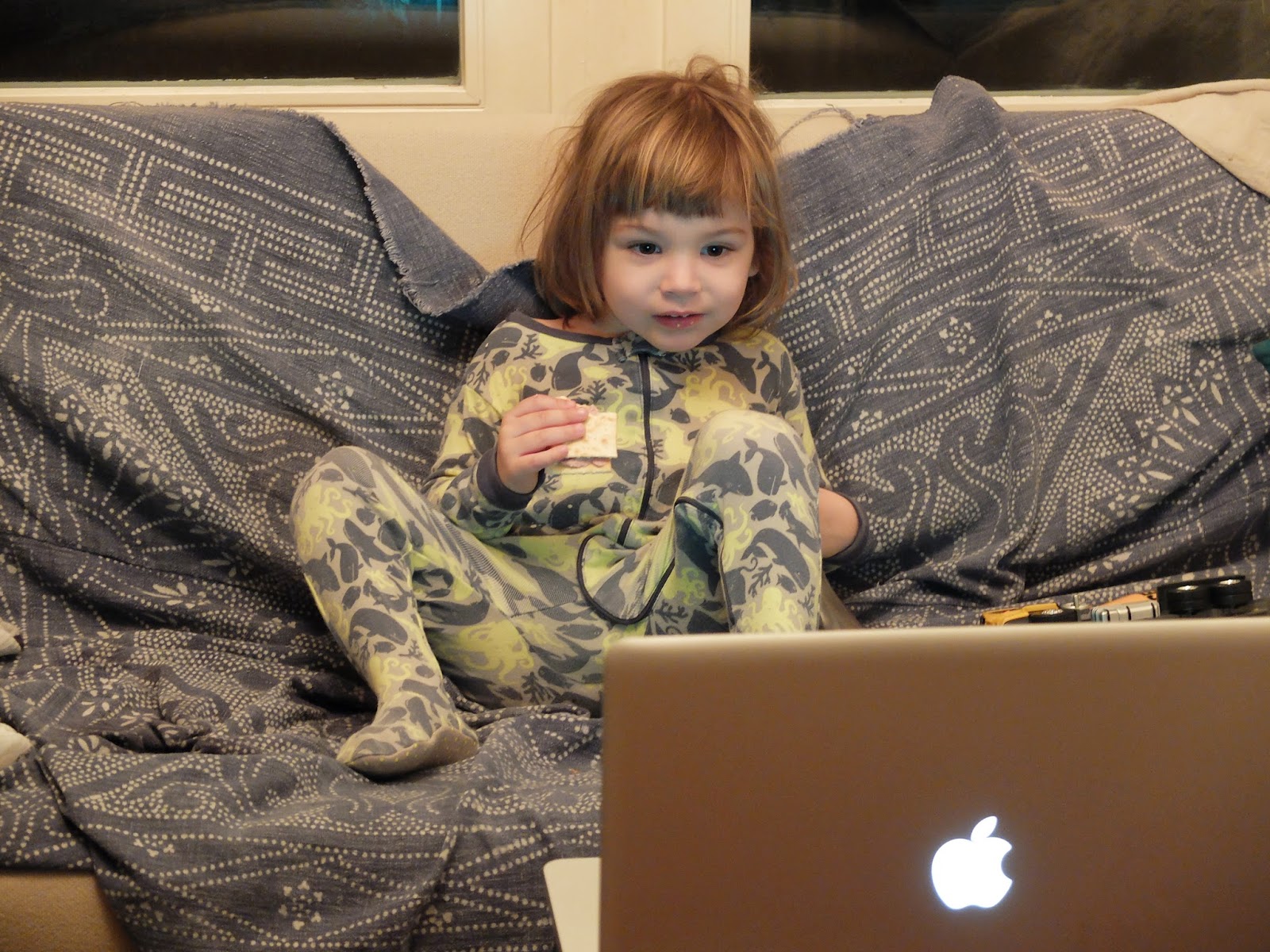After our first foray into the world of indigo dye, I couldn't wait to get my rubber gloves wet again. The smell, the gentle almost sickly warmth penetrating the gloves, that brown-blue iridescent foam collecting at the rim, magically transforming the bland into bright. Keiko helped me organize a couple more visits as I had too many pieces to do at once. It was great meditative fun as well as a little welcome solo time out into the world in the car.
(Man, sometimes there's nothing nicer than driving around, music playing, windows open, looking at things with new eyes as opposed to autopiloting around, piecing together a mental map of a new land. It's such a connective experience, to know the veins, the highways and back county roads, the shortcuts and little pleasures dotting along the path. Always something I find quite exciting. Of course this goes without saying that there were a few calls to Keiko from random parking lots, begging for help, totally lost and without a map. She was my friendly GPS, thanks Keiko!)
I digress, back to the indigo...So here's a little something about how the process can vary. At this particular factory, the indigo was really strong, with the vat in the back being the strongest. They don't normally let the public use that one but because of Keiko and the KAIR connection, they let me. And since this is where the employees are busy completing orders, they would help me with my bigger items, like my scarf, and we'd have a little chance to chat.
It was fascinating to learn that with this strong batch, you only need to dip the item for 2 mins, continuously spreading it out to get even color. After wringing it out and unfurling it, you can literally watch it oxidize, turning from a dirty opalescent teal to navy! You then put it back in and repeat until it's a hue you're happy with. (Here's where I think the other factory had us rinse it out to show how the color is brought out.) Once you reach your desired color, you rinse it out like a dozen times until the water runs out nearly clear and then let it dry. Of course things look different when dry, especially different fabrics, so they have irons to force dry patches to see if you like it.
In my experience, I learned these things: wool soaks up indigo really well and needs less dipping, silk also absorbs well but only to a certain point so depending on the strand, how old it is, etc, you will only get it so dark, most synthetics are a burden to dye (cotton items are usually sewn with poly threads so you see color differences after dipping), cotton takes more dipping than wool or silk, and wood actually turns darker than lighter when it dries. Also, you can dye pearls but only a baby blue color. I tried it and even after multiple dips, it barely turned color.
I ended up dying 7 things. It started getting quite expensive (you pay double for silk and wool) so this already felt a bit overboard. But it was worth every yen, to enjoy such facilities is a rarity in most parts of the world. I only hope that my next foray will indulge a bit more intricate work, but for now, a couple of the now-lovely items I dyed a most glorious shade of blue!
- ~ -
In my time at the Awagami factory, I became somewhat acquainted with the people who work there. A bunch of lovely ladies under the command of a somewhat cantankerous gentleman who seemed not always happy to have me around. It wasn't any help that after being there for hours, just before closing, I dropped my new camera lens cap into one of the vats. One nice lady tried to get it out by reaching in up to her shoulder only for me to realize that the vat's are about 4-5 feet deep! She then tried using the massive stirring rod they use to agitate the culture every night but to not avail. He smirked and walked off. I never saw it again.
 |
| factory entrance |
 |
| 4 vats, mostly used for public |
 |
| with my white things, ready to start |
 |
| Keiko dying paper for Nik, this lady tried to help me get my lens cap |
 |
| big wooden paddles used to agitate the culture every night, these are the 2 back vats with the stronger indigo |
 |
| Sayaka was dying fabric for her installation |
 |
| with minute glass, spreading fabric without letting it come to the surface |
 |
| Hopper was quite well behaved and didn't even stick his fingers in |
 |
| this is the second dip of my scarf/pashmina, photo at bottom |
 |
| wood for Hopper's chair lovingly made by Yu |
 |
| these were both off white, 1920's silk dress, and pashmina, you can't see in this photo but the color varies with different fabric, and dress took 3 dips and scarf 2 dips |























































